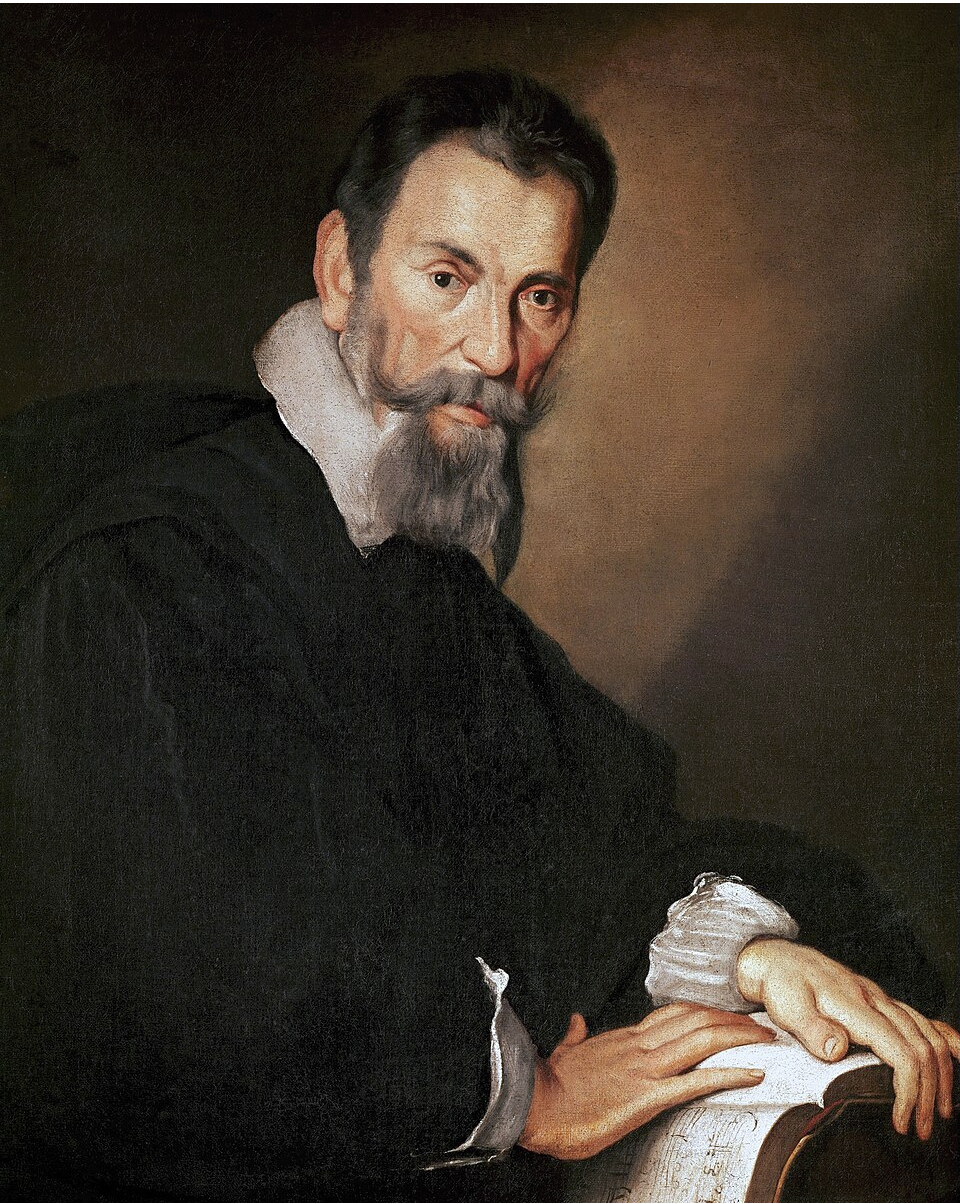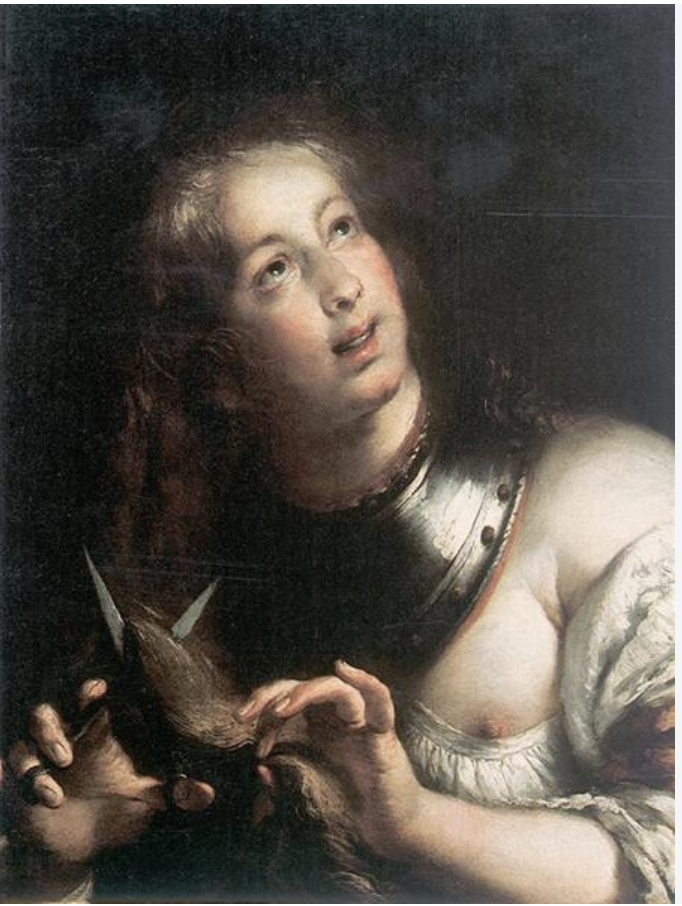HOW TO MEET PEOPLE FROM THE PAST
Eleven years ago I was seized by bravery and wrote my first novel. I was overjoyed when it was published by an indie publisher, now defunct. Now I’m seized by a new kind of bravery (egged on by writer friends) and I’m revising, retitling, and republishing it. At first I had doubts about the value of this, but as I read and revise, the characters have pulled me in again.
The story is set in Venice in 1643. The city was hit hard by the plague a few years earlier. Now they express their joy at surviving with music. As I did research to establish my characters and make them of their time, I discovered the work of Bernardo Strozzi.
Although much of his art is religious or allegorical, he used live models, so I could look at faces and bodies and get a visual start on a character. And I could use the clothing in portraits to dress my characters. The first painting that caught me was this one of a sweet old woman with a look that dares you to confront the truth about yourself:
Head of an Old Woman by Bernardo Strozzi, 1620s, The Barber Institute of Fine Arts
She reminded me so much of my beloved mother-in-law that I named the character Cecilia after her and after the patron saint of music.
Strozzi's painted a portrait of Claudio Monteverdi in 1640, just three years before the events of the novel take place. I spent quite a lot of time staring into those slightly mismatched eyes while I listened to recordings of his music and wrote his moments in the story.
Claudio Monteverdi painted by Bernardo Strozzi - Tiroler Landesmuseum
I modeled the character of a young man filled with unrequited love on Strozzi's Lute Player. Not just the face and the clothes, but also the general character, a boy who has just turned into a man and is something of a dandy. It's hard to look at this painting and take the young man's ability to play the lute seriously. So in the story Domenico is wealthy and has good taste but he plays the lute as a hobby. He does not devote his life to music, as some of the other characters do.
Lute Player. 1630-35 Kunsthistorisches Museum, Vienna
In those instances the paintings gave me a character whole, but often I had to cobble together information from various sources, including more than one painting, in order to put together a character. For the figure of Margherita, I looked at several paintaings of Strozzi’s, including this painting of Berenice from the Galleria d’Arte Antica in Udine in Italy:
Berenice, Bernardo Strozzi, Galleria d’Arte Antica, Udine, Italy
For Margherita, I was also inspired by his portrait of Judith with the head of Holofernes which now hangs in Christ Church, in Oxford, England:
Judith with the Head of Holofernes, Bernardo Strozzi, Christ Church, Oxford, England
In both images I was struck by the women's expressions. Berenice is transported by some heavenly inspiration, as Margherita could be when she was singing. Judith confronts the viewer directly, even though her servant isn't too sure about this. I felt that summed up Margherita's abilities to survive and flourish no matter what life threw at her.
After using so many of Bernardo Strozzi's paintings as sources of information and inspiration, I felt I had to put him in the book too. He is an “off-screen" character in the book, in that the main characters hide out in his studio while he is away, but the paintings help the heroine decide to do something risky and daring.
Who was Bernardo Strozzi? He lived from 1581 to 1644, so the year my story takes place was the last year of his life. By then he was one of the most influential painters of the 17th century, especially in Genoa and Venice.
He became a Capuchin monk but took a leave of absence (over two decades long!) to care for his mother and sister. After his sister married and his mother died the order insisted he return, but Strozzi left Genoa and went to Venice instead, where he had a large workshop. His work is like a magic doorway that enables the people who modeled for him to look us in the eye and show us who they were.




